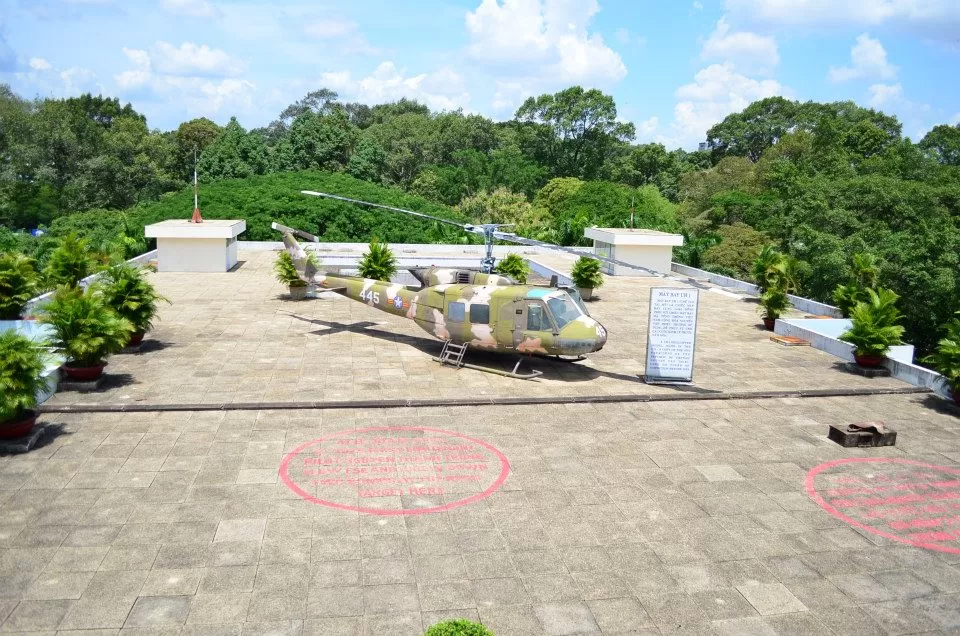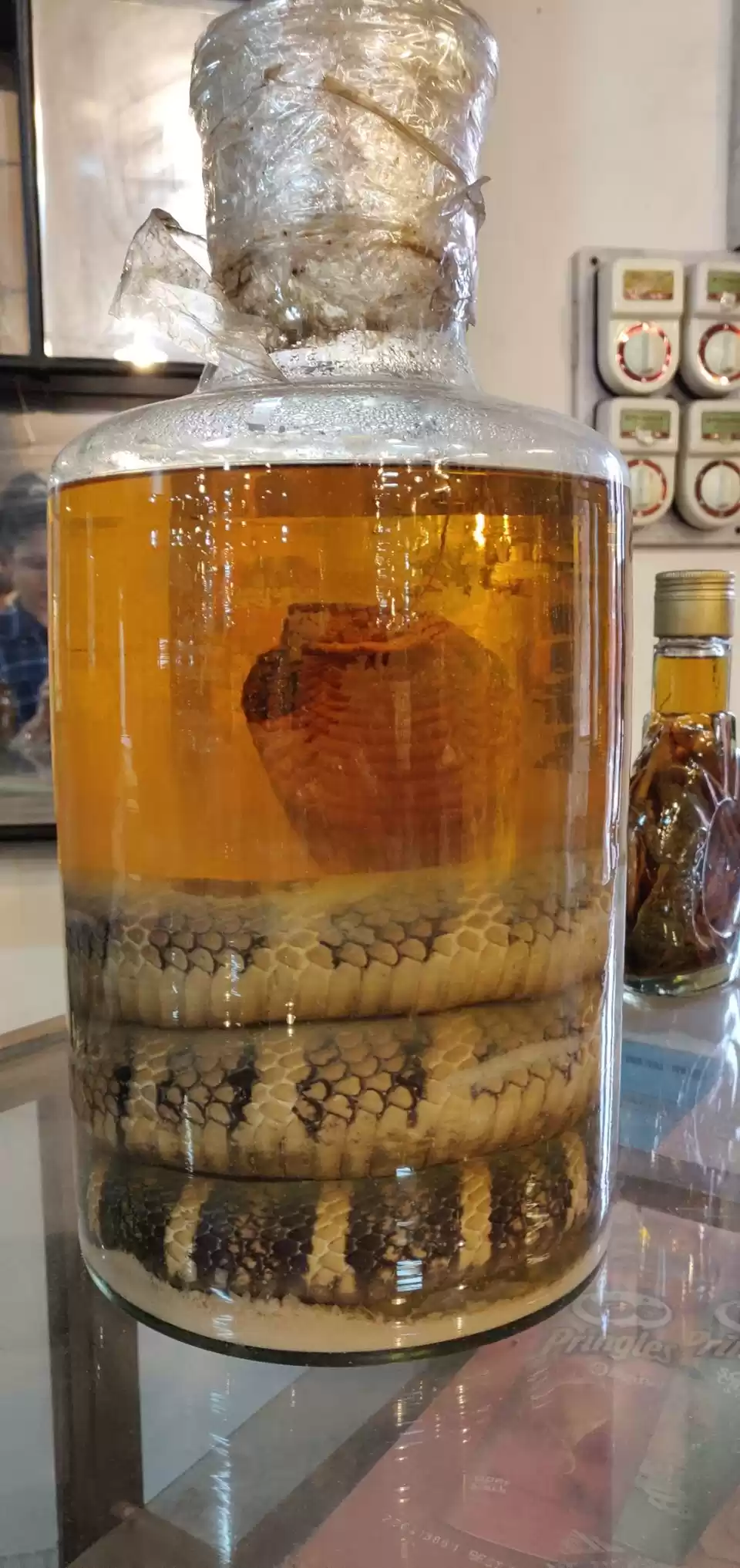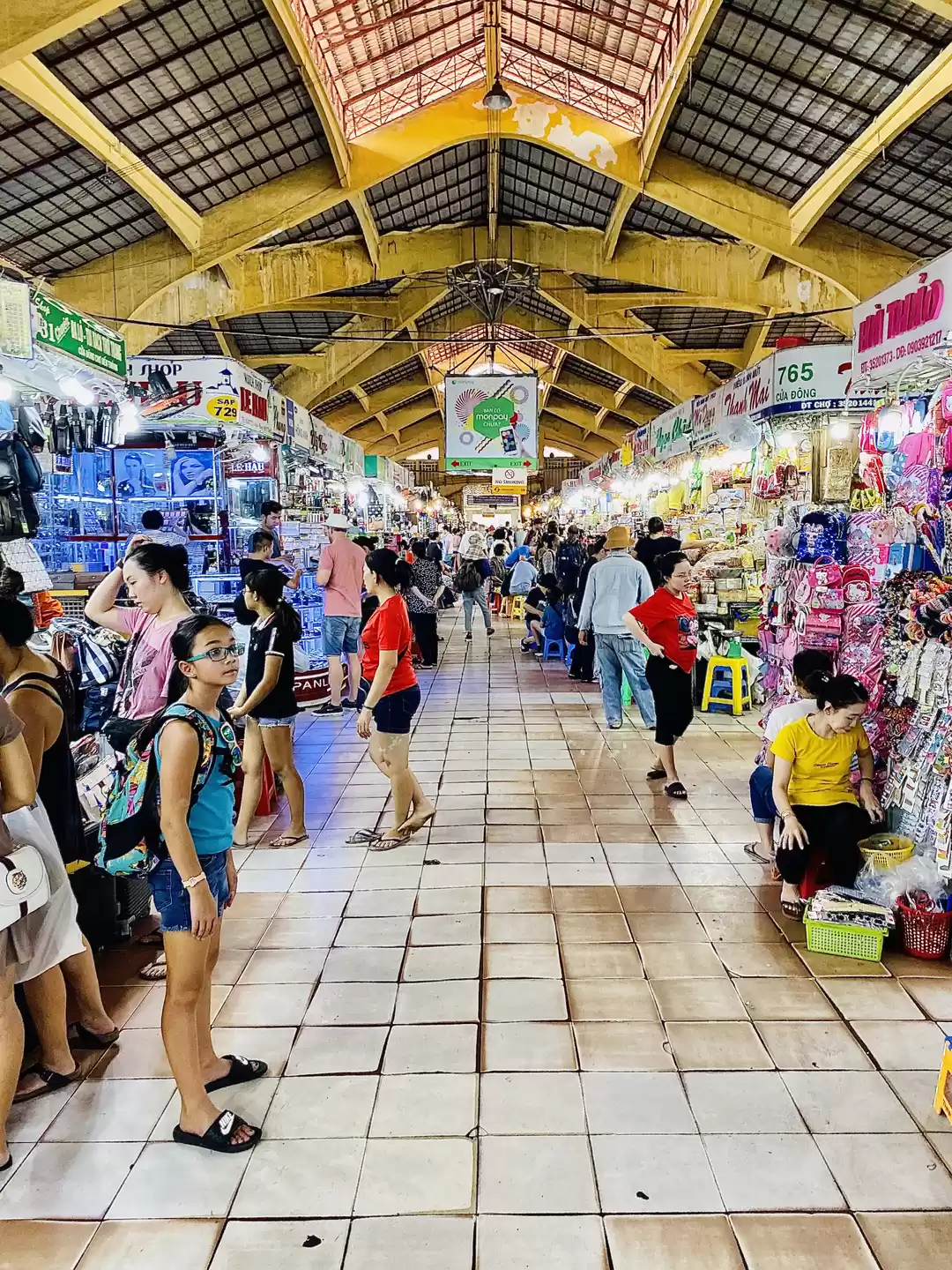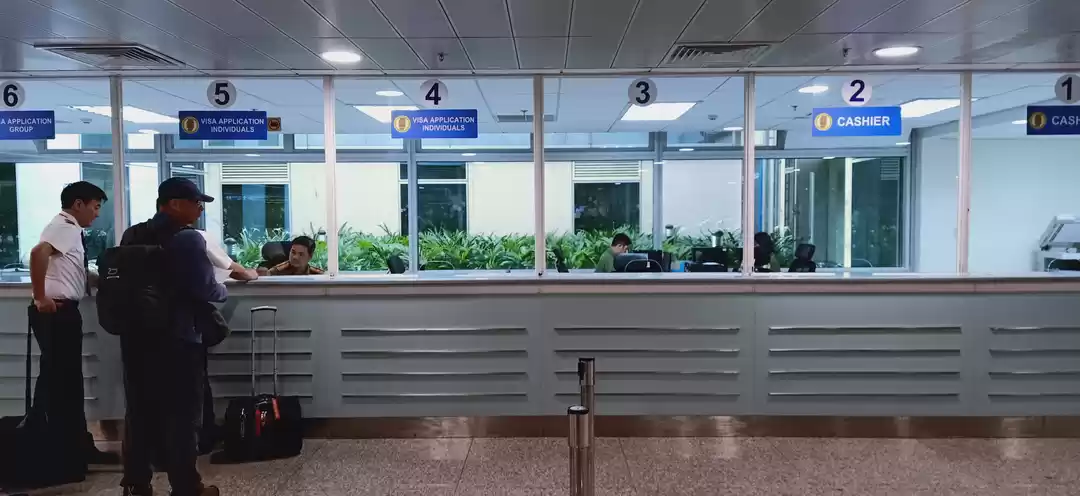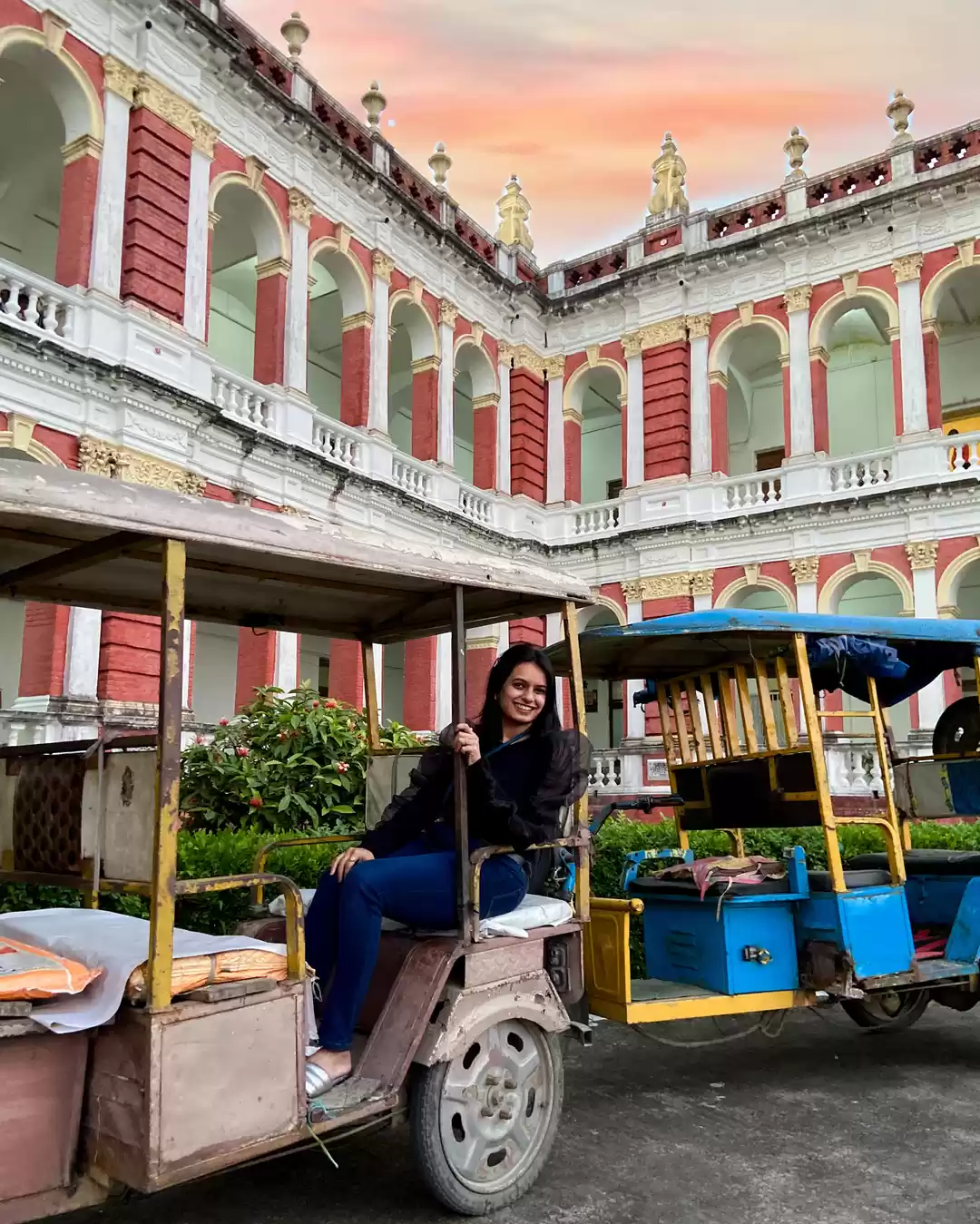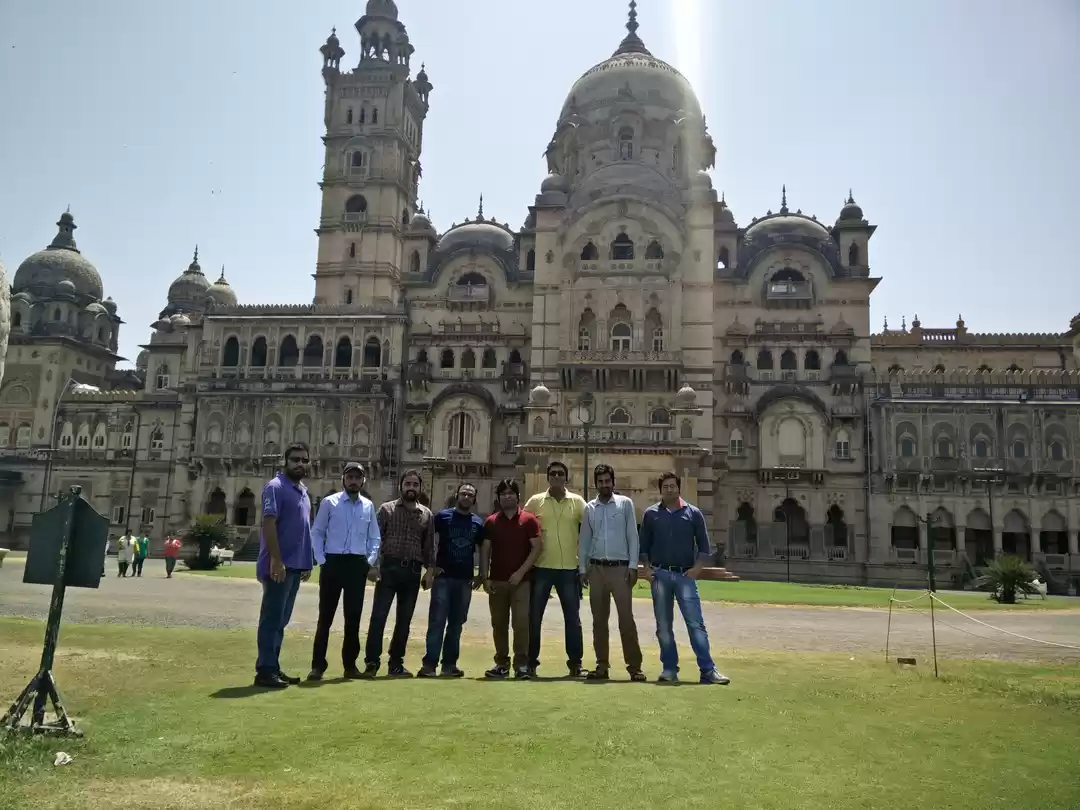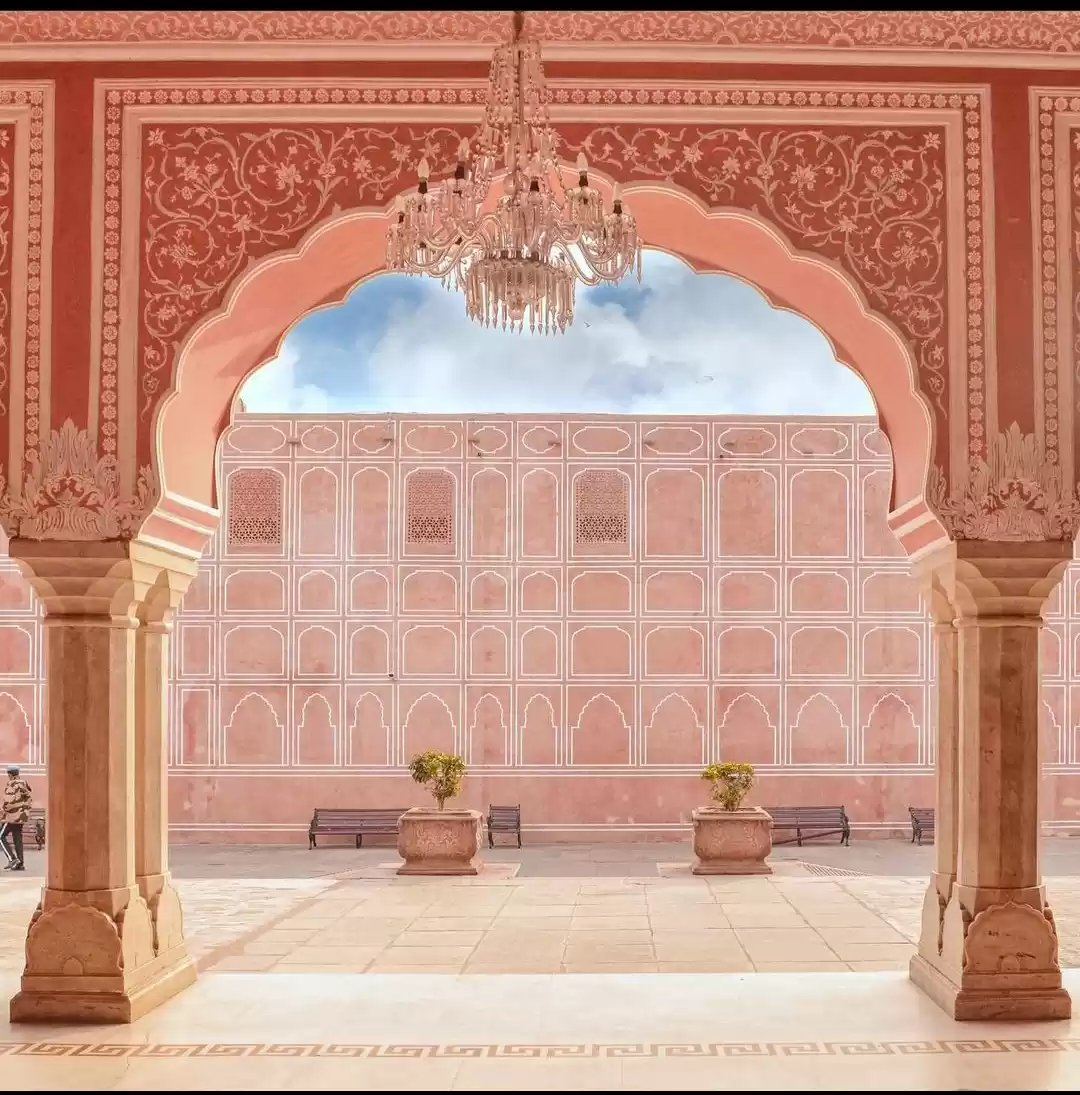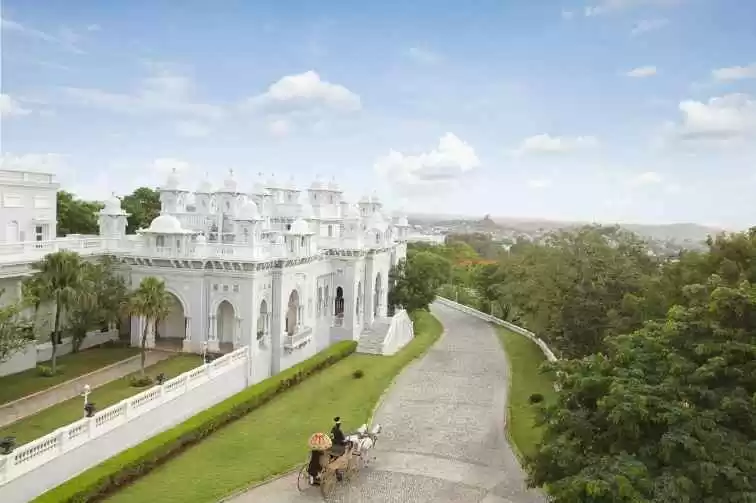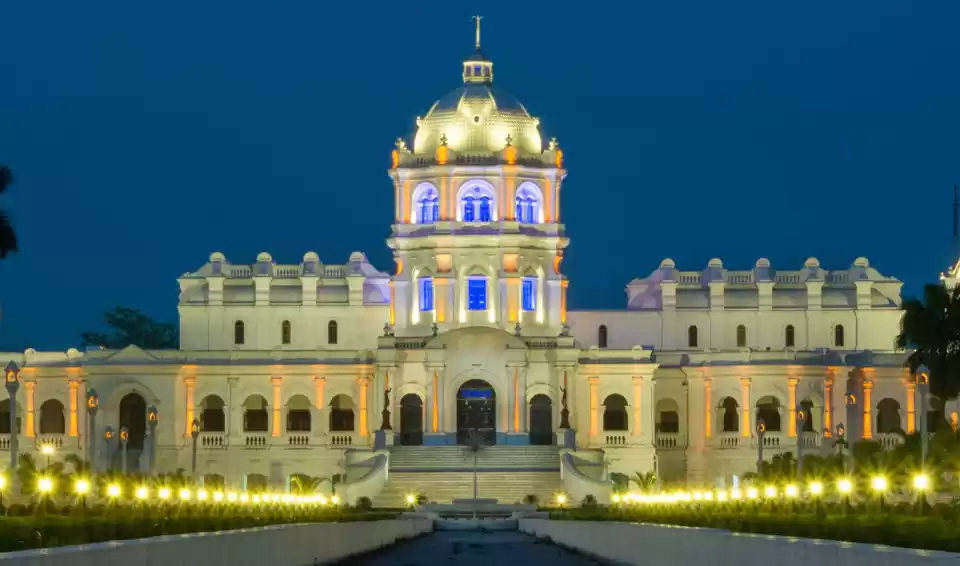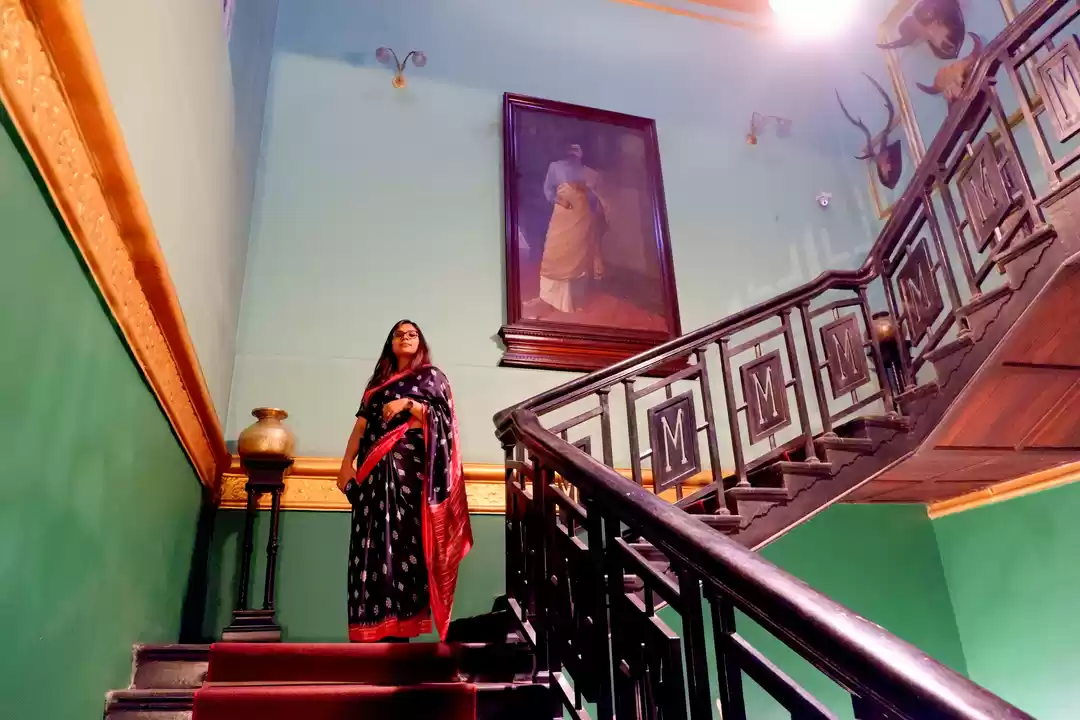If you are looking for a historical and cultural treasure in Ho Chi Minh City, Vietnam, you should not miss the Reunification Palace. This landmark building is not only a museum and a former presidential residence, but also a symbol of the end of the Vietnam War and the reunification of Vietnam.
In this article, you will learn about the history, the attractions, and the significance of the Reunification Palace. You will also find useful information for visiting the Reunification Palace, such as the location, the opening hours, the entrance fee, and the map. Whether you are a history buff, a culture lover, or a curious traveler, you will find something to enjoy and appreciate at the Reunification Palace.
History of the Reunification Palace
The Reunification Palace has a long and fascinating history that spans over a century and reflects the changes and events that shaped Vietnam. The Reunification Palace was originally built as Norodom Palace by the French colonists in 1868 as the residence of the Governor-General of French Indochina. The palace was designed by the architect Georges-Ernest Hébrard in a classical style with a blend of Oriental and Western elements. The palace had a large garden, a fountain, a tennis court, and a swimming pool. The palace witnessed many important events during the French colonial rule, such as the establishment of the Indochinese Union in 1887, the birth of the Vietnamese nationalist movement in 1919, and the Japanese occupation in 1940.

In 1954, after the French left Vietnam and the country was divided into North and South Vietnam, the palace became the residence of the President of South Vietnam, Ngo Dinh Diem. He renamed it as Independence Palace and ordered a renovation of the palace. However, in 1962, the palace was bombed by two dissident pilots of the South Vietnamese Air Force, who opposed Diem’s regime. The palace was severely damaged and Diem decided to demolish it and build a new one on the same site.
The new palace was designed by the architect Ngo Viet Thu in a modern style with a lotus-shaped roof and a bamboo-shaped balcony. The palace had five floors, a basement, a helipad, and a bunker. The palace was equipped with state-of-the-art facilities, such as a war command room, a communications center, and a shooting range. The palace hosted many dignitaries and celebrities, such as US President Richard Nixon, French President Charles de Gaulle, and Jacqueline Kennedy.
In 1975, the palace became the scene of the end of the Vietnam War and the reunification of Vietnam. On April 30, 1975, a tank of the North Vietnamese Army crashed through the main gate of the palace and raised the flag of the Viet Cong. The President of South Vietnam, Duong Van Minh, who had taken office only two days earlier, surrendered to the North Vietnamese forces. The palace was renamed as Reunification Palace and preserved as a historical monument. The palace was opened to the public as a museum and a venue for official events. The palace remains unchanged since 1975 and displays the original furniture, equipment, and artifacts that belonged to the former presidents and their staff.
What to See at the Reunification Palace
The Reunification Palace is a must-see attraction for anyone who wants to learn more about the history and culture of Vietnam. The palace offers a glimpse into the life and work of the former presidents and their staff, as well as the events and circumstances that led to the end of the Vietnam War and the reunification of Vietnam. Here are some of the main attractions and features of the Reunification Palace that you should not miss:
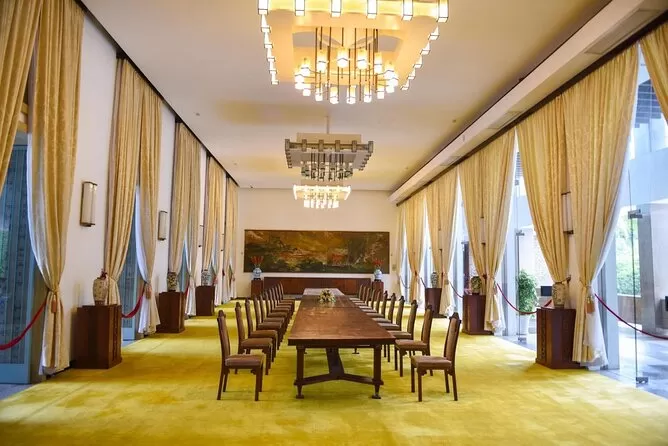
The Grounds:
The area surrounding the Reunification Palace is a beautiful and peaceful oasis in the bustling city. You can stroll around the park, admire the fountain, watch the squirrels, and take photos of the palace. You can also see the tank display, which showcases the two tanks that entered the palace on April 30, 1975. One of them is the tank 843, which crashed through the main gate and marked the end of the war. The other one is the tank 390, which followed the tank 843 and secured the palace. The tanks are replicas of the original ones, which are now displayed at the Military Museum in Hanoi.
The Main Hall:
The entrance of the Reunification Palace is a grand and impressive sight. You can see the staircase, which leads to the upper floors, the bust of Ho Chi Minh, the founder and leader of the Democratic Republic of Vietnam, and the mural, which depicts the history and culture of Vietnam. The main hall is also where the former presidents and their guests were welcomed and greeted. You can imagine the pomp and ceremony that took place there, as well as the tension and drama that unfolded there.
The War Command Room:
The room where the president and the generals planned and executed the war strategies. You can see the equipment, the maps, and the documents that are displayed there, such as the telephones, the radios, the typewriters, the charts, and the reports. You can also see the photos and the portraits of the former presidents and their staff, such as Ngo Dinh Diem, Nguyen Van Thieu, and Duong Van Minh. You can learn about the decisions and the actions that they took, as well as the challenges and the difficulties that they faced.
The Basement:
The underground level of the Reunification Palace, which includes a bunker, a communications center, and a shooting range. You can see the security and the functionality of the basement, which was designed to withstand attacks and emergencies. You can also see the bunker, which was the fortified room where the president and his staff could take shelter in case of an attack. You can feel the atmosphere and the mood of the bunker, which was dark, cramped, and tense. You can also see the communications center, which was the nerve center of the palace, where the messages and the signals were sent and received. You can also see the shooting range, which was the place where the president and his staff practiced their shooting skills.
The Dining Room:
The room where the president and his guests had their meals. You can see the decor, the furniture, and the dishes that are displayed there, such as the chandeliers, the tables, the chairs, and the plates. You can also see the menu, which shows the dishes that were served, such as the spring rolls, the pho, and the banh mi. You can learn about the cuisine and the culture of Vietnam, as well as the etiquette and the protocol of the dining room.
The Reception Room:
The room where the president and his guests had their meetings and conversations. You can see the style, the furniture, and the artifacts that are displayed there, such as the sofas, the desks, the lamps, and the paintings. You can also see the gifts, which show the souvenirs and the tokens that were exchanged, such as the vases, the statues, and the medals. You can learn about the diplomacy and the relations of Vietnam, as well as the interests and the hobbies of the president and his guests.
The Meeting and Events Room:
The room where the president and his staff held their conferences and ceremonies. You can see the size, the equipment, and the events that took place there, such as the microphones, the speakers, the screens, and the flags. You can also see the photos and the videos, which show the scenes and the moments that were captured, such as the speeches, the signings, and the celebrations. You can learn about the politics and the affairs of Vietnam, as well as the achievements and the milestones of the president and his staff.
Visiting Information of the Reunification Palace
If you are interested in visiting the Reunification Palace, here are some useful and practical information that you need to know:
Location:
The Reunification Palace is located at 135 Nam Ky Khoi Nghia Street, District 1, Ho Chi Minh City, Vietnam. The palace is situated in the heart of the city, near other attractions, such as the Notre Dame Cathedral, the Saigon Central Post Office, and the War Remnants Museum. You can easily reach the palace by taxi, bus, motorbike, or bicycle.
Opening Hours:
The Reunification Palace is open to the public every day from 7:30 am to 11:00 am and from 1:00 pm to 4:00 pm. The palace is closed on some national holidays, such as the Lunar New Year and the Independence Day. You can check the official website of the palace for the latest updates and announcements.
Entrance Fee:
The entrance fee to the Reunification Palace is 40,000 VND (about 1.7 USD) per person. You can buy the ticket at the ticket booth near the main gate of the palace. You can also book a guided tour of the palace for an additional fee. The guided tours are available in English, French, Chinese, and Vietnamese. The guided tours last for about an hour and cover the main attractions and features of the palace. You can also rent an audio guide for 20,000 VND (about 0.9 USD) per person. The audio guides are available in English, French, German, Japanese, and Korean. The audio guides provide more information and details about the palace and its history.
The Reunification Palace is a historical and cultural treasure in Ho Chi Minh City, Vietnam. It is a place where you can learn about the history and the culture of Vietnam, as well as the events and the circumstances that led to the end of the Vietnam War and the reunification of Vietnam. You can also enjoy the beauty and the elegance of the palace and its attractions, such as the grounds, the main hall, the war command room, the basement, the bunker, the dining room, the reception room, and the meeting and events room. Whether you are a history buff, a culture lover, or a curious traveler, you will find something to enjoy and appreciate at the Reunification Palace.
You can also book a guided tour or rent an audio guide for a more immersive and informative experience. The Reunification Palace is a must-see attraction for anyone who wants to discover the historical and cultural treasure in Ho Chi Minh City, Vietnam.


